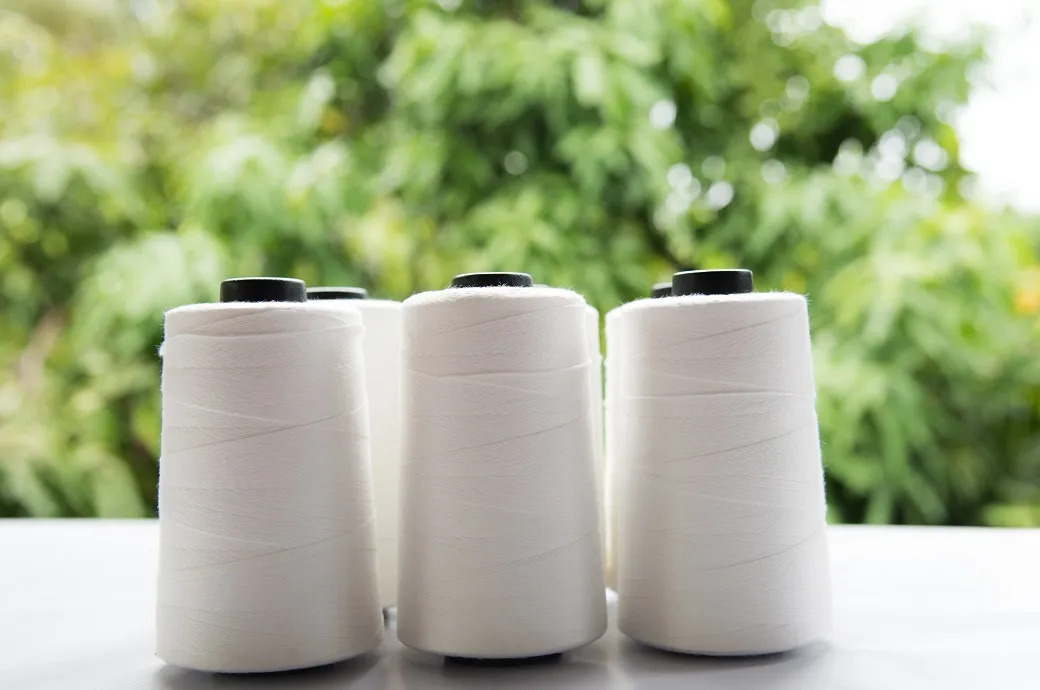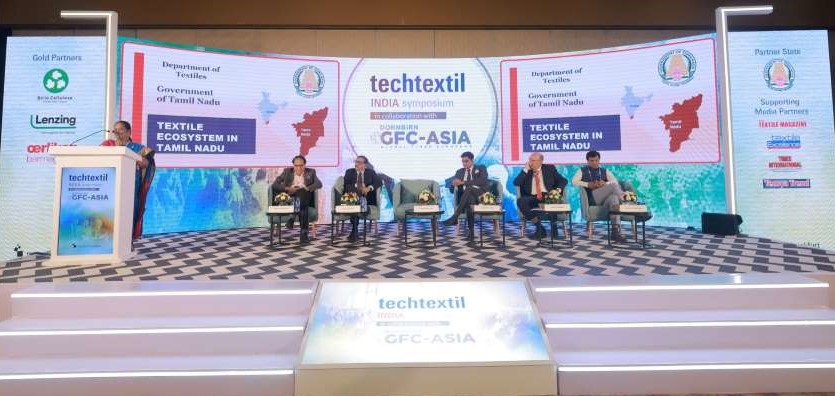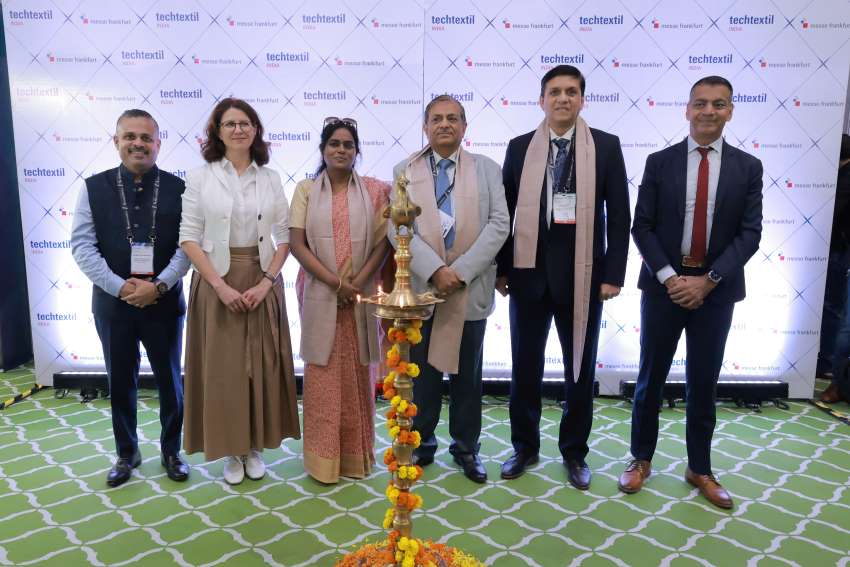"KPMG along with Fashion Summit and HSBC recently released a new report titled ‘Sustainable Fashion: Committing to a Sustainable Future Through the Fashion Industry Charter for Climate Action’. Released to coincide with the commencement of the Fashion Summit 2019 held recently in Hong Kong, the report stated though companies have been incorporating sustainability initiatives in their operations for a long time, lot still needs to be done to achieve a truly sustainable fashion industry."
 KPMG along with Fashion Summit and HSBC recently released a new report titled ‘Sustainable Fashion: Committing to a Sustainable Future Through the Fashion Industry Charter for Climate Action’. Released to coincide with the commencement of the Fashion Summit 2019 held recently in Hong Kong, the report stated though companies have been incorporating sustainability initiatives in their operations for a long time, lot still needs to be done to achieve a truly sustainable fashion industry.
KPMG along with Fashion Summit and HSBC recently released a new report titled ‘Sustainable Fashion: Committing to a Sustainable Future Through the Fashion Industry Charter for Climate Action’. Released to coincide with the commencement of the Fashion Summit 2019 held recently in Hong Kong, the report stated though companies have been incorporating sustainability initiatives in their operations for a long time, lot still needs to be done to achieve a truly sustainable fashion industry.
Less than 15 per cent companies surveyed in the KPMG report stated their supply chain-related greenhouse gas (GHG) emissions help them to formulate better climate strategies. This is mainly due to the fact that measuring these GHG emissions is a complex process and can prove to be a big challenge for many signatories.
Increased awareness with sustainable operations, products
The KPMG report reviews the publicly available information on sustainability performance of 43 signatories of the UN’s Fashion Industry Charter for Climate Action, including their sustainability reports and corporate websites. One of the key findings is that brands still need to enhance their consumers’ awareness on sustainability. Around 60 per cent brands surveyed had a section on sustainability on their consumer websites while around 35 per cent had a sustainable product line.
the UN’s Fashion Industry Charter for Climate Action, including their sustainability reports and corporate websites. One of the key findings is that brands still need to enhance their consumers’ awareness on sustainability. Around 60 per cent brands surveyed had a section on sustainability on their consumer websites while around 35 per cent had a sustainable product line.
Some signatories also strive to raise their consumer’s sustainability awareness by publicly disclosing their initiatives on various e-commerce channels. Of the signatories, 67 per cent brands made their sustainability data available in either their sustainability reports or annual reports, while 93 per cent had a sustainability section on corporate websites.
Transparency aids sustainability in fashion brands
Further, the Sustainable Fashion report states, in order to help consumers make responsible decisions brands need to make information about products, sourcing and environmental impact, accessible to all buyers. They also need to create a new sustainability labeling system that would encourage consumers to purchase sustainable fashion.
One of the ways brands can achieve this is by leveraging existing tools and standards such as the Sustainable Apparel Coalition formed in 2011, and the Higg Index, and Kering’s Environmental Profit & Loss (EP&L) account. The industry has developed these tools through many years of efforts. Now, brands need to leverage their potential to create a tangible impact.












